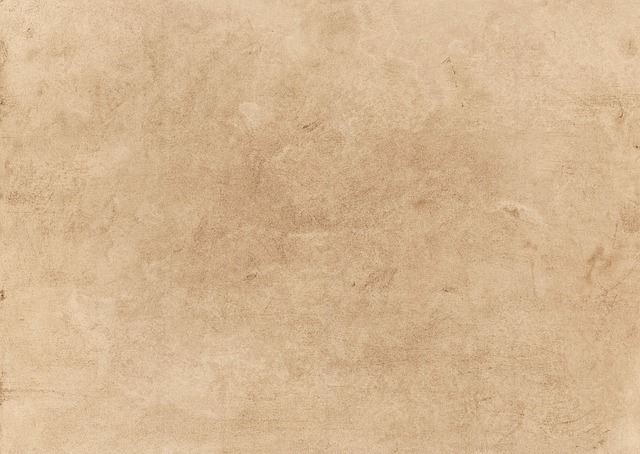Exploring Timeless Beauty: Classic Patterns in Painting
There’s a certain enchantment that classic patterns bring to the world of painting—a rhythm and harmony that transcends time, captivating viewers across generations. These patterns are more than just repetitive designs; they evoke a sense of balance, tradition, and a deep connection to the roots of artistic expression.
When we talk about classic patterns, we’re referring to motifs that have withstood the test of time—be it the elegant swirls of Baroque art, the geometric precision of Renaissance pieces, or the organic flows seen in traditional Asian paintings. These designs offer a visual language that feels both familiar and profound, inviting us to appreciate the subtle interplay between shape, color, and movement.
For anyone passionate about painting, embracing classic patterns can be like stepping into a dialogue with history. By studying these motifs, artists gain insight into the ways past masters created balance and conveyed emotion through repetition and symmetry. This awareness can add layers of meaning and sophistication to contemporary artwork, honoring tradition while letting new creativity flourish.
On a personal level, encountering classic patterns often sparks a feeling of calm and order, a reminder that beauty can be structured yet expressive. As viewers, we find comfort in their predictability, yet delight in the delicate details that make each pattern unique. It’s this duality—familiarity intertwined with artistry—that keeps classic patterns perpetually inspiring.
Whether you are a painter, an art lover, or someone exploring creative outlets, delving into classic patterns opens up a timeless bridge between the past and the present. It encourages us to see painting not just as a form of self-expression, but as an ongoing conversation with the world’s enduring aesthetic heritage.
